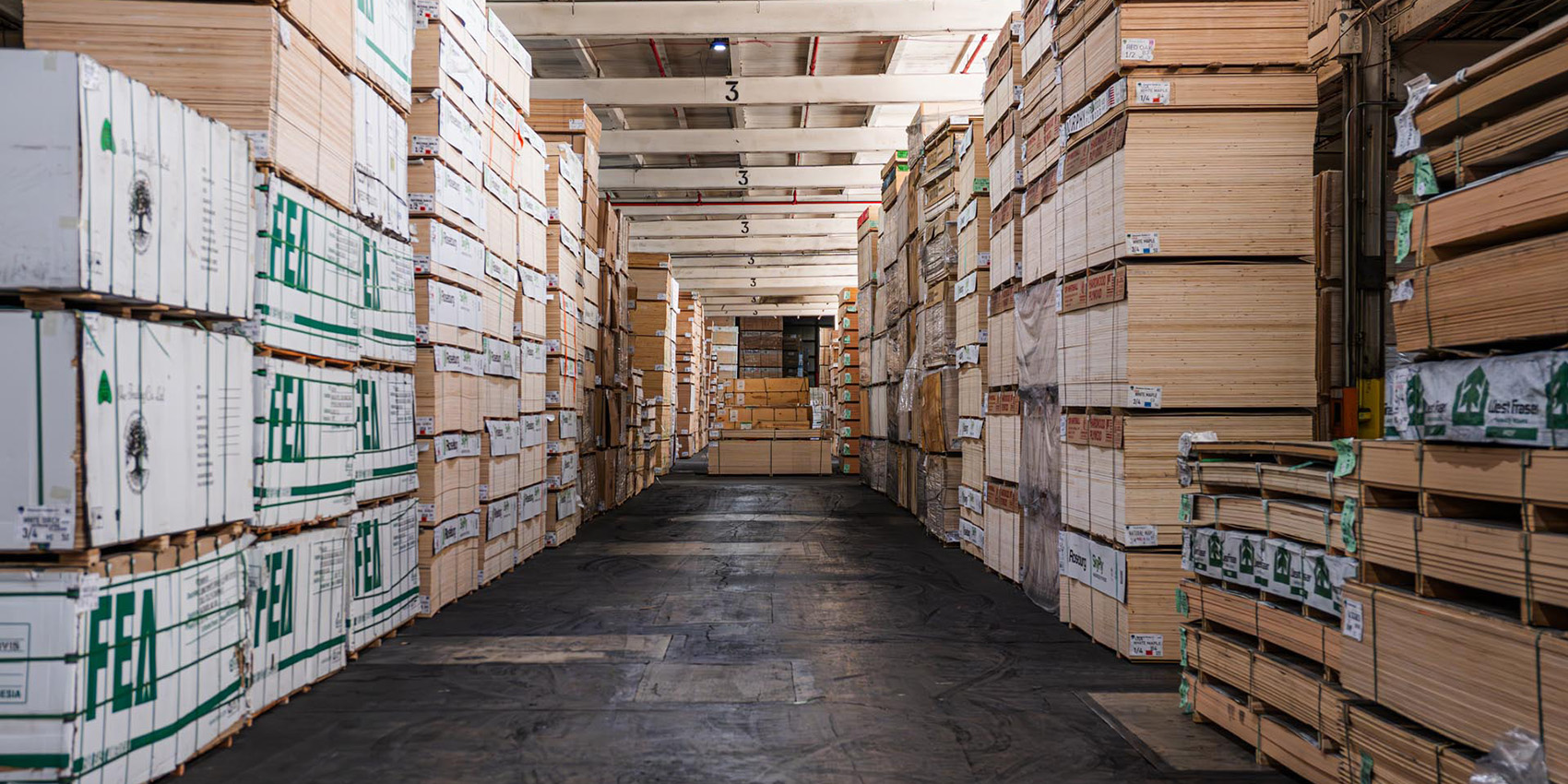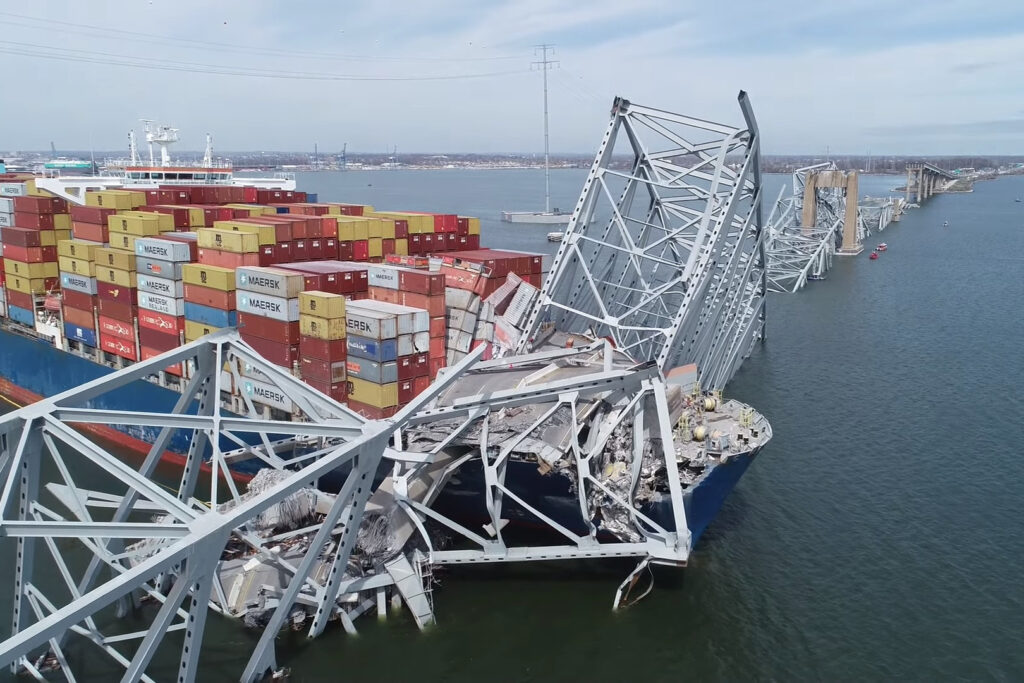In today’s supply chain, transparency isn’t optional — it’s the new standard.


For manufacturers, millwork shops, and builders, knowing how materials move through the system can be the difference between a project that runs smoothly and one that stalls. Yet in the plywood industry, transparency is too often overlooked.
Here’s what transparency looks like when it’s done right — and why it matters for every link in the chain.
Logistics – More Than Just Driving Trucks
Behind every delivery is a complex network of planning, compliance, and human expertise. Transparent logistics means customers understand what goes into keeping trucks on the road and deliveries on time:
- Hiring and training drivers who prioritize safety and service.
- Navigating DOT regulations with careful attention to paperwork and planning.
- Maintaining fleets so breakdowns don’t turn into project delays.
- Optimizing routes to balance speed, cost, and sustainability.
When distributors make these systems visible, customers gain confidence that their materials will arrive predictably and safely.
Inventory: Predicting What You’ll Need Before You Do
Running out of stock isn’t just inconvenient — it can derail an entire project. Transparency in inventory management means opening the door on how demand is forecasted, how tariffs and duties affect imports, and how stock levels are balanced to keep specialty items on hand.
The best distributors act less like warehouses and more like strategic partners — reading market signals, anticipating needs, and helping customers avoid both shortages and waste.
Quality Control: Every Sheet Tells a Story
Plywood is a natural product, and no two sheets are identical. Transparency in quality control means acknowledging this variability and showing customers exactly how grades and standards are applied. It’s about:
- Bridging the gap between what mills produce and what end users expect.
- Demonstrating inspection processes.
- Sharing how products are held to both industry benchmarks and client-specific requirements.
When customers understand how quality is managed, they can align their expectations and plan with confidence.

Warehouse Operations: Precision in Every Move
What happens inside the warehouse may not always be visible, but it has a direct impact on customer trust. Transparency here means being open about the steps taken to protect accuracy and reliability:
- Ensuring order picking is precise, since mistakes cost time and credibility.
- Packaging materials to withstand transport and arrive ready for use.
- Loading trucks with attention to weight distribution and efficiency.
These details may never make it into a project brief, but they are critical to keeping jobs on schedule.
Why It Matters
Transparency is more than an industry buzzword. In plywood distribution, it’s about building relationships on predictability, clarity, and trust. When customers can see into the processes that move their materials — from forecasting to freight — they’re better equipped to deliver their own projects with confidence.
For Chesapeake Plywood, it’s the lens through which we deliver every order — setting the standard not just in products, but in the trust that carries projects forward.


